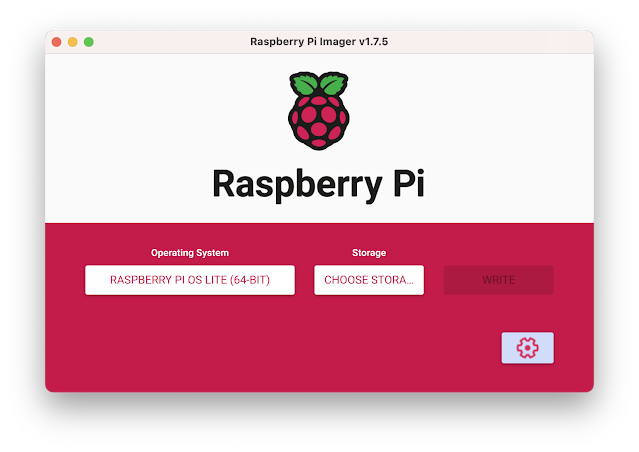0
This article describes how build an inexpensive Raspberry Pi 4 based server for real-time flow analytics of industry standard
sFlow streaming telemetry. Support for sFlow is widely implemented in datacenter equipment from vendors including: A10, Arista, Aruba, Cisco, Edge-Core, Extreme, Huawei, Juniper, NEC, Netgear, Nokia, NVIDIA, Quanta, and ZTE.
In this example, we will use an 8G Raspberry Pi 4 running
Raspberry Pi OS Lite (64-bit). The easiest way to format a memory card and install the operating system is to use the
Raspberry Pi Imager (shown above).
Click on the gear icon to set a user and password and enable ssh access. These initial settings allow the Rasberry Pi to be accessed over the network without having to attach a screen, keyboard, and mouse.
Next, follow instruction for installing Docker Engine (Raspberry Pi OS Lite is based on Debian 11).
The diagram shows how the
sFlow-RT real-time analytics engine receives a continuous telemetry stream from industry standard sFlow instrumentation build into network, server and application infrastructure and delivers analytics through APIs and can easily be integrated with a wide variety of on-site and cloud, orchestration, DevOps and Software Defined Networking
Continue reading










